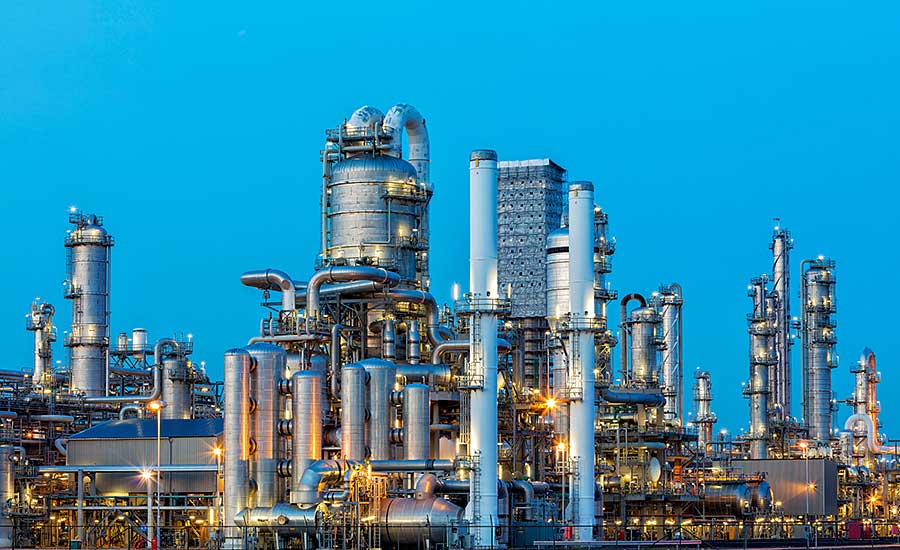
The rise in demand for Oil and Gas has increased production. The Oil and Gas production process involves several steps, including exploration, production, extraction, transportation, and refining. Each step requires different skills and equipment. In this article, we will learn about the challenges of the oil and gas industry, as well as how to make engine oil in a 5 gallon gas can.
How to add engine oil to a 5-gallon gas can
If you’re thinking about adding oil to your car’s fuel system, it’s important to use the right ratio. For a twenty-to-one mix, add about 6.4 ounces. If you’re going for a thirty-to-one mix, add about 158 ml. And for a forty-to-one ratio, add about 40 ml.
You can add engine oil to a gas can by following a few steps. First, fill up the can with gasoline. It’s best to use a metal can because it’s more durable than a plastic one. Remember that gasoline is highly flammable and can affect your car’s fuel system. Never mix gasoline with water! Water can clog your carburetors, which can make your car run poorly.
Next, wash the gas can with water. Gasoline and oil are petroleum products and must be disposed of according to local regulations. Before filling your gas can with engine oil, make sure to clean the inlet filter and the aspiration system.
You should know that most engines need five or six quarts of engine oil. For smaller four-cylinder engines, the amount can be as little as four quarts. Larger engines, however, may need eight to nine quarts. Although you don’t need to be exact, the amount of oil is important for several reasons. If you’re unsure of what type of oil your car needs, you can check the oil filler cap to see how much it needs.
How to drill for oil and gas
If you’re new to drilling for Oil and Gas, it might seem like a complicated process. After all, it is a complex process that involves many steps deep in the earth. Drilling for oil and gas is a complicated procedure that can be dangerous. The process starts by drilling a hole deep into the earth with a bit attached to a “drilling string.” Once the hole is made, a steel pipe that is slightly smaller than the hole’s diameter is then dropped into the hole. In many cases, cement is used to seal the hole.
Once the drill pipe has reached the target depth, the next step in drilling for Oil and Gas is to install steel casing 100 feet deep. This casing is used to keep drilling fluids and other debris from reaching the ground’s surface. When the steel casing is installed, it is cemented into place. Once the casing is installed, preparations for well completion begin. Once the casing and rock connection are completed, the drilling rig will be removed and the well completed.
Before drilling for oil and gas, the area needs to be prepared. Access roads and pads need to be built. There will also need to be noise barriers and traffic plans in place. The drill rig must be transported to the location. Once the drilling pad is complete, the drilling process will begin. The surface hole of the well is drilled to a depth of 100 feet below the deepest aquifer. Once this depth is reached, the steel casing is inserted into the hole. This process is done several times and requires a certain amount of technology. The oil and gas are trapped inside the steel casing.
The next step of drilling for oil and gas is hydraulic fracturing. The hydraulic fracturing process will allow the wellhead to be connected to a layer of rock that contains oil and gas. A perforating gun is then fired into the rock layer at the deepest part of the well.
How to extract oil and gas
Oil and Gas industry extraction is a complex process that involves several steps. The process begins with preparing the ground for drilling and laying out roads to ensure that production is successful. A team of petroleum engineers then prepares the well for production. Once the drilling is complete, the team will complete several steps, including transporting the crude oil to processing facilities.
Williams Oil and gas extraction is best done in countries with stable political systems and long-term leases, but some companies do move wherever the oil and gas is. There are risks involved when the political wind shifts, as well as the risk of nationalization. Changing regulatory conditions may mean that oil and gas companies do not get the deal they hoped for. The government may change its mind after they have invested capital.
Drilling requires a lot of infrastructure, including the drilling rig, which is usually brought in by truckloads. After the drill pipe has reached the desired depth, steel casing is installed to keep it intact. Once this is done, a perforating gun is lowered into the hole and creates small holes in the layer of rock that holds oil and gas. These holes connect the rock to the wellhead.
Natural gas extraction requires fracking, a process in which perforating holes create cracks in shale rock. The fluid is then collected and recycled. Environmental conservation practices are also important. Environmental laws vary from state to state, but Colorado law requires permanent plugging of wells and restoration of the land to its pre-drilling state. This allows the land to be used for other purposes.










